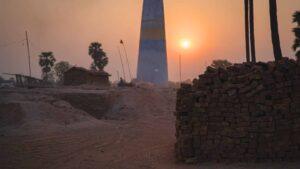Where There is Justice — Pari’s Story
https://youtu.be/L08J7sFf940 How Local Leaders and Survivors Are Rewriting the Story of Exploitation When Pari* walked into a small bar in Kathmandu, she believed she was taking the first step toward a better future. Instead, she found herself trapped—watched, silenced, and cut off from the world. What changed everything was not just one act of courage, but a community determined to listen and respond. This is the story

